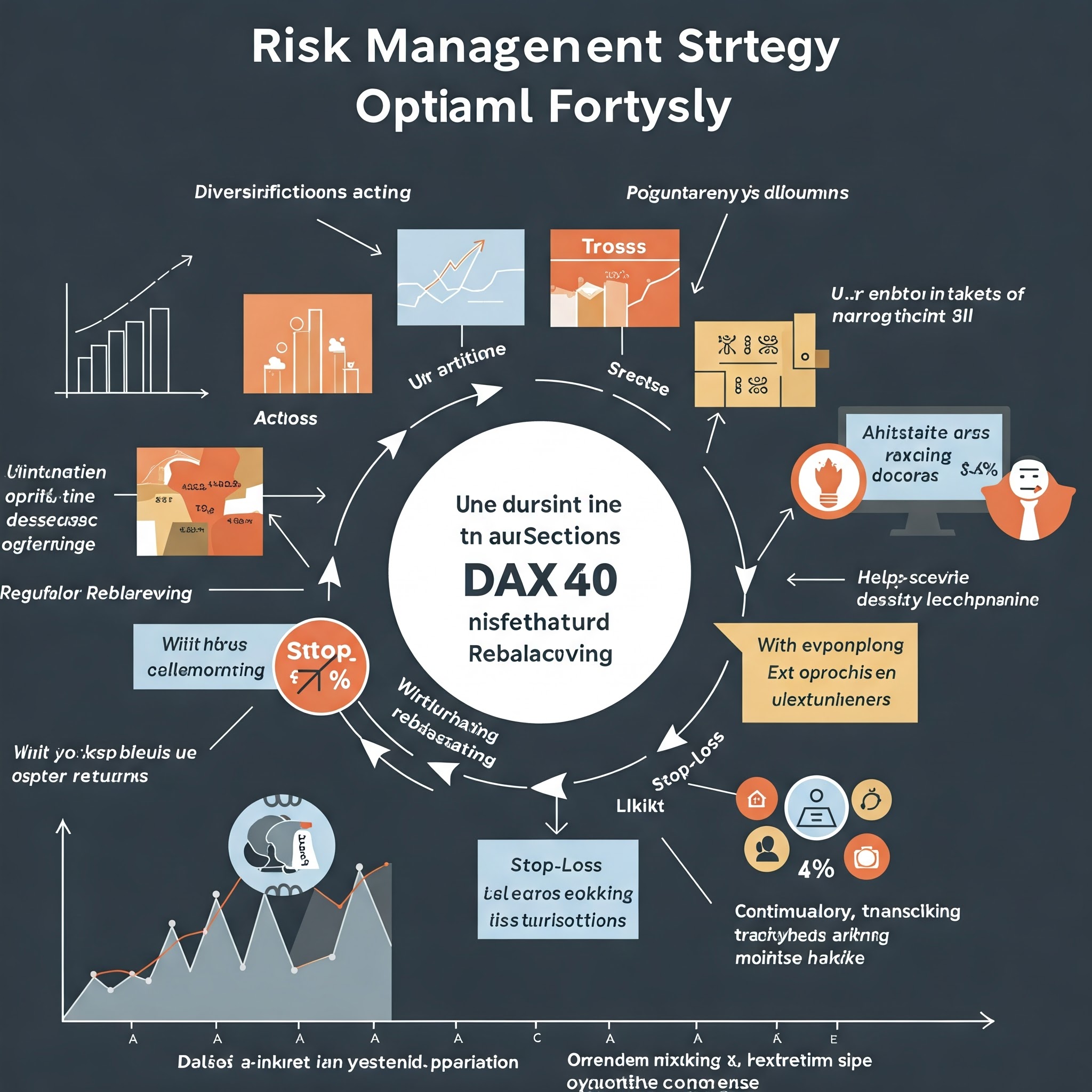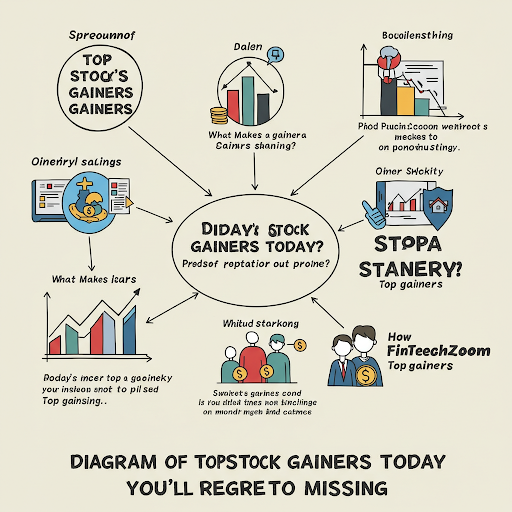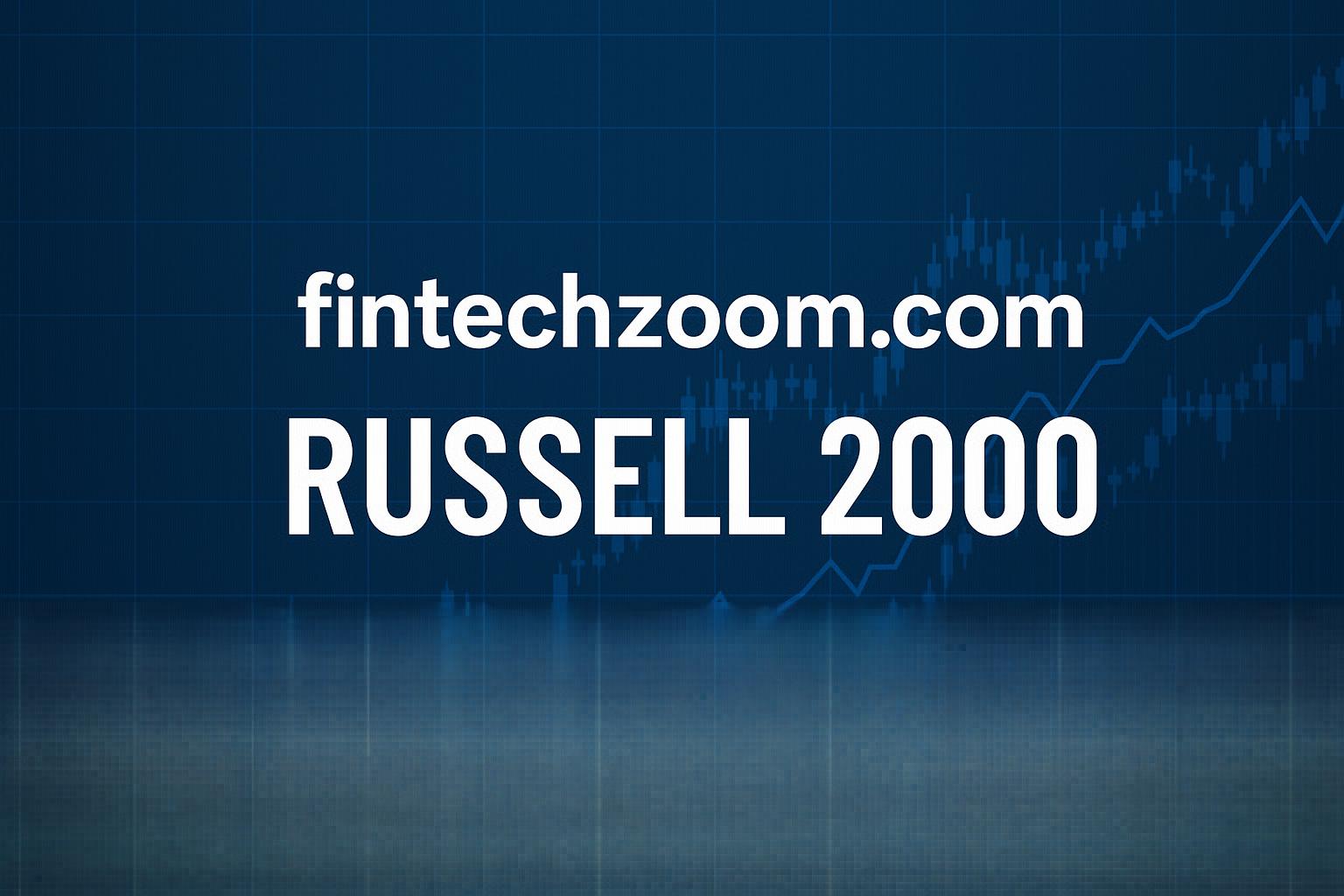The DAX40 index isn’t just a benchmark of German corporate power, it’s a dynamic indicator of European financial resilience. And platforms like Fintechzoom.com are making it easier than ever for investors around the world to access real-time insights, explore market trends, and make informed decisions. While some may view the DAX40 as just another stock market index, seasoned investors recognize it as a barometer of not just the German economy, but global sentiment toward innovation, industry, and fintechzoom.com DAX40 risk.
In this detailed article, we’ll break down everything you need to know about the DAX40, including its performance since September 2021, how it’s connected to Frankfurt Stock Exchange dynamics, how to interpret its movements using modern tools, and what Fintechzoom.com brings to the table in terms of investment strategies and updates. Most importantly, we’ll cover how understanding this index can help you become a sharper, more confident investor, whether you’re just getting started or have decades of experience.
1. Introduction to the DAX40 Index: What Sets It Apart?
The DAX40 index represents the top 40 blue-chip companies listed on the Frankfurt Stock Exchange, ranked by market capitalization and order book volume. These are the biggest and most liquid German industry leaders that serve as indicators of overall economic health.
The index includes corporate giants like:
-
SAP SE (software)
-
Volkswagen AG (automotive)
-
Siemens AG (industrial manufacturing)
-
Allianz SE (financial services)
-
Deutsche Telekom (telecommunications)
These companies form the backbone of the largest economy in Europe, Germany and reflect global performance across industries like automotive, biotech, manufacturing, and finance.
What sets the DAX40 apart is its price performance index model, which includes dividends in its total returns, giving a more accurate reflection of investor gains compared to traditional price-only indexes.
2. A Brief History: From DAX30 to DAX40
Until September 2021, this index was known as the DAX30. But after market volatility and lessons learned from corporate collapses like Wirecard, the index expanded to include ten more companies, strengthening its diversity and reducing sectoral risk.
The inclusion of more companies from the biotech, healthcare, and tech sectors made the index more resilient and representative. This was a turning point not only in market analysis but also in how international investors viewed the German corporate landscape.
The move signaled a shift from old industrial Germany to a more tech-savvy, future-facing economic model. This evolution aligned with similar global trends favoring sustainable, technology-driven businesses.
3. DAX40 Performance & Market Movements: Reading the Signals
Understanding DAX40’s performance isn’t just about tracking daily ups and downs. It’s about recognizing long-term market trends and identifying how macroeconomic variables like inflation, global trade disputes, and ECB policy affect investor confidence.
Key metrics to watch include:
-
Year-on-year returns
-
Sectoral weightages
-
Dividend yields
-
Volatility index (VDAX)
Since its transformation in 2021, the DAX40 has shown increased volatility but also greater resilience to sector-specific shocks. For example, during the tech downturn in 2022, the DAX’s heavy industrial and consumer goods components helped cushion overall losses, while tech components provided upward momentum during recovery.
Platforms offering real-time market analysis help demystify these patterns, enabling investors to plan long-term strategies rather than reacting to short-term noise.
4. Frankfurt Stock Exchange: The Beating Heart of European Equities
The Frankfurt Stock Exchange (FSE) is the central trading venue for the DAX40. It is one of the world’s largest stock exchanges by market capitalization and serves as a critical node in the global financial system.
Located in Germany’s financial capital, the FSE processes billions in financial markets transactions daily. Its electronic trading platform, Xetra, handles over 90% of trading volume for the DAX40.
Understanding the FSE’s role is key for global investors because:
-
It’s tightly regulated for transparency and investor protection.
-
It’s heavily integrated with European Union financial systems.
-
It provides access to high-quality financial data and news.
DAX40 activity on the Frankfurt Exchange reflects broader German economy health and investor sentiment toward European markets.
5. Risk Management in DAX40 Investing
One of the greatest challenges in investing is managing risk, especially in a diverse and dynamic index like the DAX40. While the index includes well-established companies, it’s not immune to geopolitical risks, interest rate shocks, or earnings surprises.

Smart risk management begins with:
-
Diversification across sectors: The DAX40 now includes companies from industrials, tech, consumer goods, and healthcare.
-
Regular portfolio rebalancing: Tracking exposure and adjusting weights as companies rise or fall in valuation.
-
Stop-loss mechanisms: Automated strategies to minimize emotional decision-making.
-
Tracking fundamentals: Including P/E ratios, debt levels, and earnings growth.
Platforms like Fintechzoom.com provide access to analytical tools that help investors build custom portfolios aligned with their risk profiles.
6. DAX40 & Global Investment Strategies
The DAX40 is a favorite for global portfolio managers because it combines stability with opportunity. Investors from Asia, North America, and the Middle East view it as a way to tap into Europe’s industrial base and sustainable tech innovation.
Incorporating DAX40 into your investment strategies can help:
-
Hedge against volatility in U.S. or Asian markets
-
Gain exposure to Eurozone performance
-
Leverage growth in green tech and sustainable energy sectors
Moreover, the DAX40’s performance often aligns with global shifts—such as the transition to electric vehicles (through Volkswagen), digital infrastructure (through Deutsche Telekom), and AI integration in manufacturing (via Siemens).
7. Seasoned Investor Tactics: Digging Deeper into the Index
For the seasoned investor, the DAX40 offers more than just diversification; it’s a tool for tactical positioning.
Expert tactics include:
-
Earnings season plays: Anticipating company reports and trading on sentiment.
-
Sector rotation: Timing investments based on macroeconomic indicators.
-
Currency hedging: Since DAX is Euro-denominated, savvy investors use hedges to reduce currency risk.
Advanced users also study market movements about ECB policy announcements, German export data, and even geopolitical developments affecting the EU.
Fintech platforms simplify these complexities by presenting informed decisions through curated reports, sentiment trackers, and expert commentary.
8. Role of Real-Time Data & Latest News
In the digital era, having access to the latest news and real-time data is non-negotiable. Delayed or outdated data can lead to missed opportunities or poor decisions.
Real-time feeds enable investors to:
-
React swiftly to earnings announcements
-
Track political developments
-
Monitor central bank decisions
-
Adjust positions during sudden market shifts
Fintech platforms offer push notifications, dashboard widgets, and mobile alerts to keep users connected with financial markets 24/7—whether they’re in Berlin, New York, or Dubai.
9. How Fintech Platforms Democratize Access to DAX40
Before fintech’s rise, accessing international indexes like DAX40 required intermediaries, foreign brokerages, and complex regulations. Today, platforms offer direct access with minimal fees, intuitive dashboards, and even fractional shares.
These platforms have:
-
Reduced entry barriers for retail investors
-
Made cross-border investing seamless
-
Introduced educational resources for beginners
Moreover, many now offer AI-based investment decisions, where algorithms guide users based on financial goals, risk appetite, and historical behavior.
10. Informed Decisions for a Long-Term Future
The secret to success in any index, especially something as dynamic as the DAX40, is patience and perspective. While day traders may chase quick profits, the real strength of this index lies in its ability to generate long-term returns based on consistent economic performance.
By integrating DAX40 insights into your financial plan, you can:
-
Secure growth aligned with European industry
-
Build resilience against local market downturns
-
Diversify your income streams
Fintech tools make it possible to stay informed without being overwhelmed, giving both beginners and experts a chance to grow confidently.
Conclusion: Quietly Powerful, Globally Relevant
The DAX40 isn’t just about 40 German companies it’s a living pulse of European ambition, economic discipline, and industrial innovation. And thanks to platforms like Fintechzoom.com, understanding and accessing this index has never been easier.
Whether you’re a curious beginner or a seasoned investor, staying connected with DAX40 movements empowers you to make smarter decisions, navigate global uncertainties, and achieve your financial goals.
Invest smart. Think long-term. And never underestimate the quiet strength of an index that mirrors the evolution of an entire continent.



